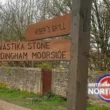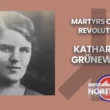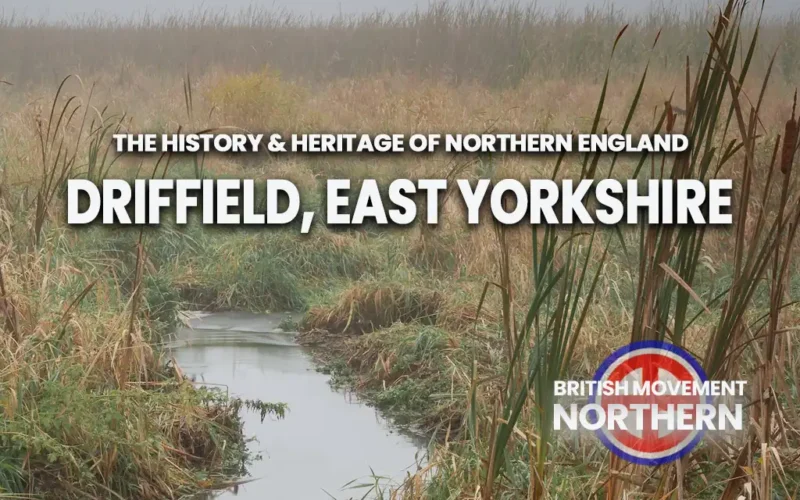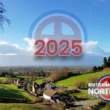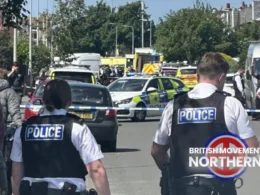Driffield, which is also referred to as Great Driffield, is a market town in the Yorkshire Wolds, the area of the county that is classed as being part of the old East Riding of Yorkshire. Often proudly referred to as the ‘Capital of the Wolds’.
There is archaeological evidence of settlements here in the Neolithic period, also a Bronze Age mound, and further evidence of later settlement during the Iron Age. During the pre-Roman Iron Age period, the area was controlled by the Celtic people, the Parisi tribe, one of the smaller northern tribes with direct links across the North Sea to the Celts of northern Gaul.
The settlement is first recorded in the Anglo-Saxon Chronicles, when it was an Anglo-Saxon settlement within the Kingdom of Deira. There was a rumoured Anglo-Saxon palace at the settlement. The district was then incorporated into the larger Anglo-Saxon kingdom of Northumbria. During the Viking period, the settlement fell within the Danelaw and was largely ruled from York (Jorvik).
After the Norman Conquest, the new Norman overlords began to take an interest in the area. King William’s men came in 1085 on a taxation survey to inform the King of cultivated land, livestock and other assets and of their ownership. The findings appear in the Doomsday Book and show that Driffield had a forest, a mill and a priest but no church. The findings of the 1085 survey showed that 26 people lived at Driffield. The Domesday Book survey of the settlement in 1086, Driffield was recorded as “a dirty field” meaning it was farmland spread with manure.
Across the Middle Ages and the medieval period Driffield did not expand beyond being a village and local market. The parish church was constructed in the late 13th century. However, after the English Civil War, things began to change and the account below sums up the advances made in Driffield across the period of the Industrial Revolution.
The town’s economy boomed when local businessman Thomas Porter orchestrated the extension of the region’s canal system to Driffield in 1770. The now tranquil and beautiful River Head area of the town became a hive of activity back then, with flour and bone meal mills, warehouses and granaries, malt houses and breweries, coal yards and manufacturing industries. The last commercial traffic departed in 1951 and the Driffield Navigation Trust was later formed with the aim of restoring the waterway to a navigable condition – a lengthy process which was completed in 2009.
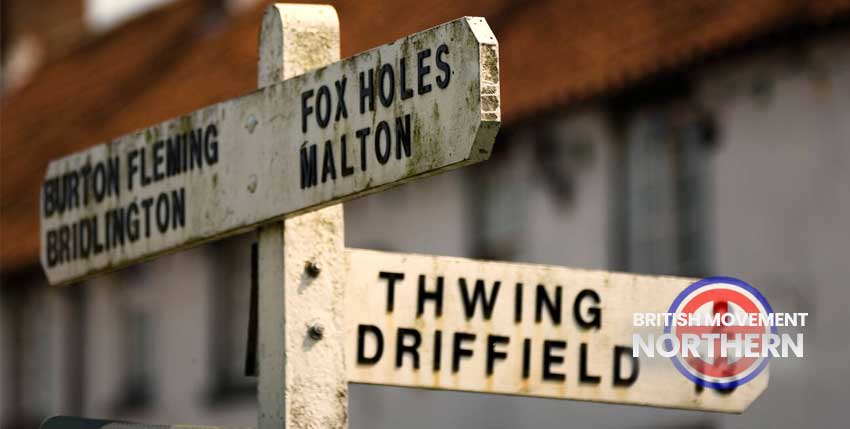
The railway has been instrumental in the prosperity of the town since it arrived there in October 1846. The original line was extended to Malton in 1853 and to Selby in 1890, a development that brought large numbers of holidaymakers through Driffield heading to the coast from the West Riding.
RAF Driffield was the most significant aspect of recent history; the following is taken from one of the official histories of the air base.
RAF Driffield
The airfield at Driffield was first built in 1916 as a base for Royal Flying Corps who were tasked with intercepting German Zeppelin airships. The following year, Eastburn (as it was then known) was selected to become a proper military air station. When the RAF began to expand in the 1930s, the old World War I aerodrome sites were the first to be developed as permanent stations, and in 1934 the site at Eastburn was no exception. In 1934 the construction of RAF Station Driffield began which was finished and operational in 1936.
Driffield became a Bomber Command airfield, initially occupied by 58 and 215 Squadrons. The RAF expanded rapidly, and as Driffield was not large enough to house multiple squadrons, both 51 and 58 moved to RAF Boscombe Down. The remaining squadrons converted to flying the Handley Page Harrow by the end of summer in 1937.
Driffield became the victim of the first concentrated bombing when on 15 August 1940, a large formation of German bombers raided the airfield, scoring 171 direct hits, causing 14 deaths and the destruction of 12 Whitley bombers. Several other bombers, as well as buildings were damaged, and the airfield was put out of action for several days.
In early 1941 Driffield was returned to operational use, but this time as a fighter station with squadrons of Hurricanes and Spitfires of before it was “reclaimed again by Bomber Command in the spring.”
A new phase of development at Driffield was now underway with construction of new hardened runways. The airfield’s boundaries were also extended to the west, and three new runways were built. New facilities included a bomb store and accommodation for 2300 personnel.
The entire reconstruction took a year and a half, so the airfield did not reopen until June 1944. 466 Sqn returned to the airfield and provided the core for a reformed 462 Sqn (also RAAF) from mid-summer. Both squadrons operated alongside each other until the end of 1944. 466 Sqn flew its last bombing raid two weeks before the end of the war, which was also the last raid from Driffield. In total the airfield had lost 87 aircraft due to enemy action or crashes in the UK: Whitleys, Wellingtons and Halifaxes.
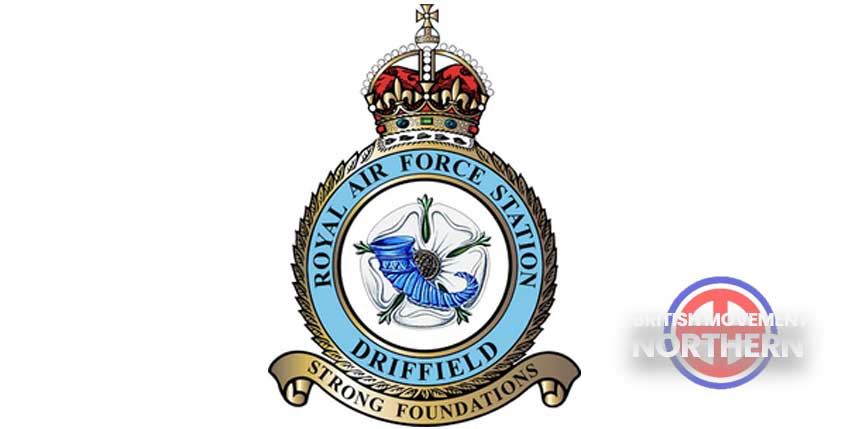
Post WW2, the station at Driffield continued to be used for various activities, including Thor nuclear missiles in the 1960’s. In 1977, the RAF handed the airfield to the Army, who renamed it ‘Alamein Barracks’ and used it as a driver training centre. They used the airfield until they finished converting RAF Leconfield for use as a driving school. The runways were removed in the early 1980s, and the resulting hardcore was used in the construction of the Driffield bypass. The control tower and air raid shelters were demolished before 1976, while its hangars were used to store government surplus grain. Ownership of the airfield was returned to the RAF in 1992.
It was renamed RAF Staxton Wold – Driffield Site. RAF ownership did not last long however, by 1996 all personnel and equipment were withdrawn to RAF Staxton Wold. The hangars are now occupied by industry, the logistics site is otherwise abandoned and quite popular with urban explorers. The former flight area is still in service as a driving area by DST Leconfield.
Driffield has remained a market town with its commercial focus on agriculture and farming. The most recent population statistics show that the population of Driffield is 98.1% White, a clear recommendation.
CREDITS
Main Image: BM Northern.
Middle Image: Public Domain.
Lower Image: RAF Station Driffield Logo.
The British Movement welcomes articles for possible inclusion on this site from members and supporters across the North of England. Please remember that we have to operate within the laws of this country; we will not include any content that is against the current laws of the United Kingdom. News reports should be topical and be relevant to the regions covered by this website.



